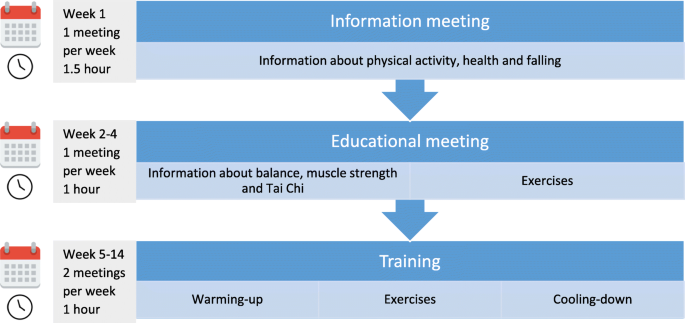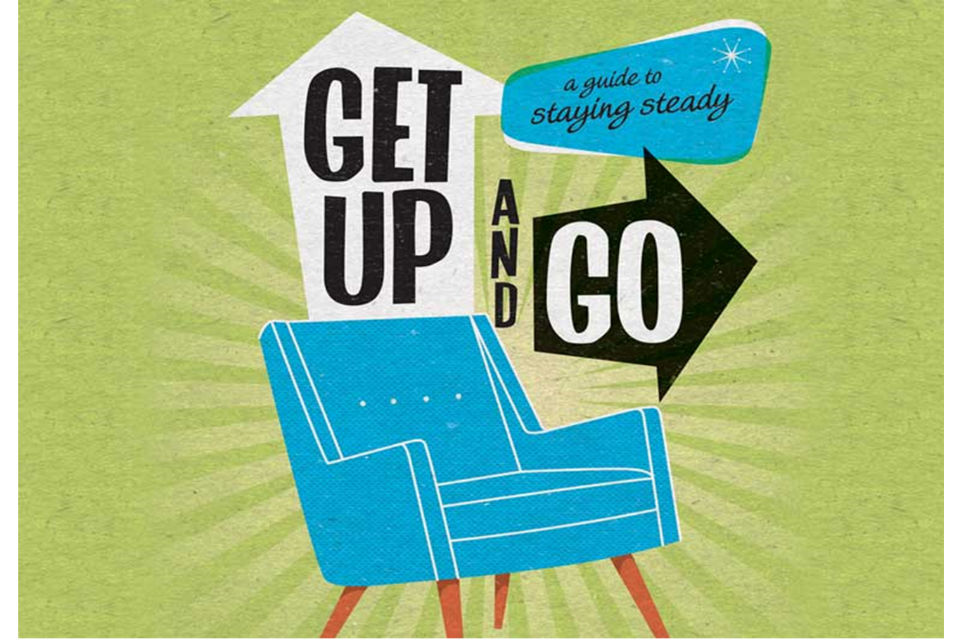The Definitive Guide to Dementia Fall Risk
Table of ContentsAll About Dementia Fall RiskLittle Known Questions About Dementia Fall Risk.Dementia Fall Risk for Dummies5 Easy Facts About Dementia Fall Risk DescribedUnknown Facts About Dementia Fall Risk
The FRAT has three areas: drop risk condition, threat element list, and activity plan. An Autumn Risk Standing includes data about history of current drops, medications, mental and cognitive standing of the patient - Dementia Fall Risk.If the individual ratings on a risk element, the equivalent number of points are counted to the individual's loss risk rating in package to the far ideal. If a patient's loss threat score completes 5 or greater, the person goes to high risk for falls. If the patient ratings just four factors or reduced, they are still at some danger of dropping, and the nurse must utilize their ideal clinical evaluation to manage all loss risk factors as component of an all natural treatment strategy.
These standard techniques, in basic, help establish a secure environment that reduces accidental falls and marks core preventative actions for all clients. Signs are essential for individuals at danger for falls.
What Does Dementia Fall Risk Mean?
Wristbands need to include the individual's last and very first name, day of birth, and NHS number in the UK. Only red color ought to be utilized to indicate special client condition.
Things that are too much might require the person to get to out or ambulate needlessly and can possibly be a risk or add to drops. Aids protect against the patient from heading out of bed without any aid. Nurses reply to fallers' phone call lights faster than they do to lights initiated by non-fallers.
Aesthetic impairment can considerably trigger drops. Maintaining the beds closer to the flooring decreases the danger of falls and major injury. Putting the bed mattress on the floor dramatically reduces loss danger in some medical care settings.
Getting My Dementia Fall Risk To Work
Patients that are high and with weak leg muscles who attempt to sit on the bed from a standing setting are likely to fall onto the bed due to the fact that it's also low for them to reduce themselves securely. If a tall patient attempts to get up from a reduced bed without assistance, the client is most likely to drop back down onto the bed or miss out on the bed and drop onto the flooring.
They're created to advertise timely rescue, not to protect against falls from bed. Audible alarm systems can additionally advise the patient not to rise alone. The use of alarms can additionally be a replacement for physical restraints. get redirected here In addition to bed alarm systems, raised guidance for high-risk clients likewise may assist protect against drops.

People with an evasion stride rise loss chances considerably. To lower loss threat, footwear should be with a little to no heel, thin soles with slip-resistant tread, and support the ankles. Suggest patient to utilize nonskid socks to stop the feet from sliding upon standing. Urge clients to use ideal, well-fitting shoesnot nonskid socks for ambulation.
Excitement About Dementia Fall Risk
In a research, homes with adequate lights record less falls (Ramulu et al., 2021). Enhancement in lighting at home might decrease fall rates in older adults.

Sitters are efficient for assuring a protected, secured, and secure environment. Studies showed really low-certainty proof that sitters decrease loss threat in acute treatment healthcare facilities and just moderate-certainty that options like video monitoring can minimize sitter usage without increasing fall risk, recommending that caretakers are not as helpful as initially believed (Greely et al., 2020).
Dementia Fall Risk - An Overview

Raised physical fitness minimizes the risk for drops and limits injury that is sustained when loss transpires. Land and water-based exercise programs might be in a similar way beneficial on balance and stride and thereby minimize the threat for falls. Water exercise may add a positive advantage on equilibrium and stride for women 65 years and older.
Chair Surge Exercise is a straightforward sit-to-stand workout that helps enhance the muscle mass in the thighs and buttocks and enhances flexibility and self-reliance. The goal is to do Chair Increase exercises without making use of hands as the client ends up being stronger. See resources area for an in-depth guideline on just how to perform Chair Rise exercise.